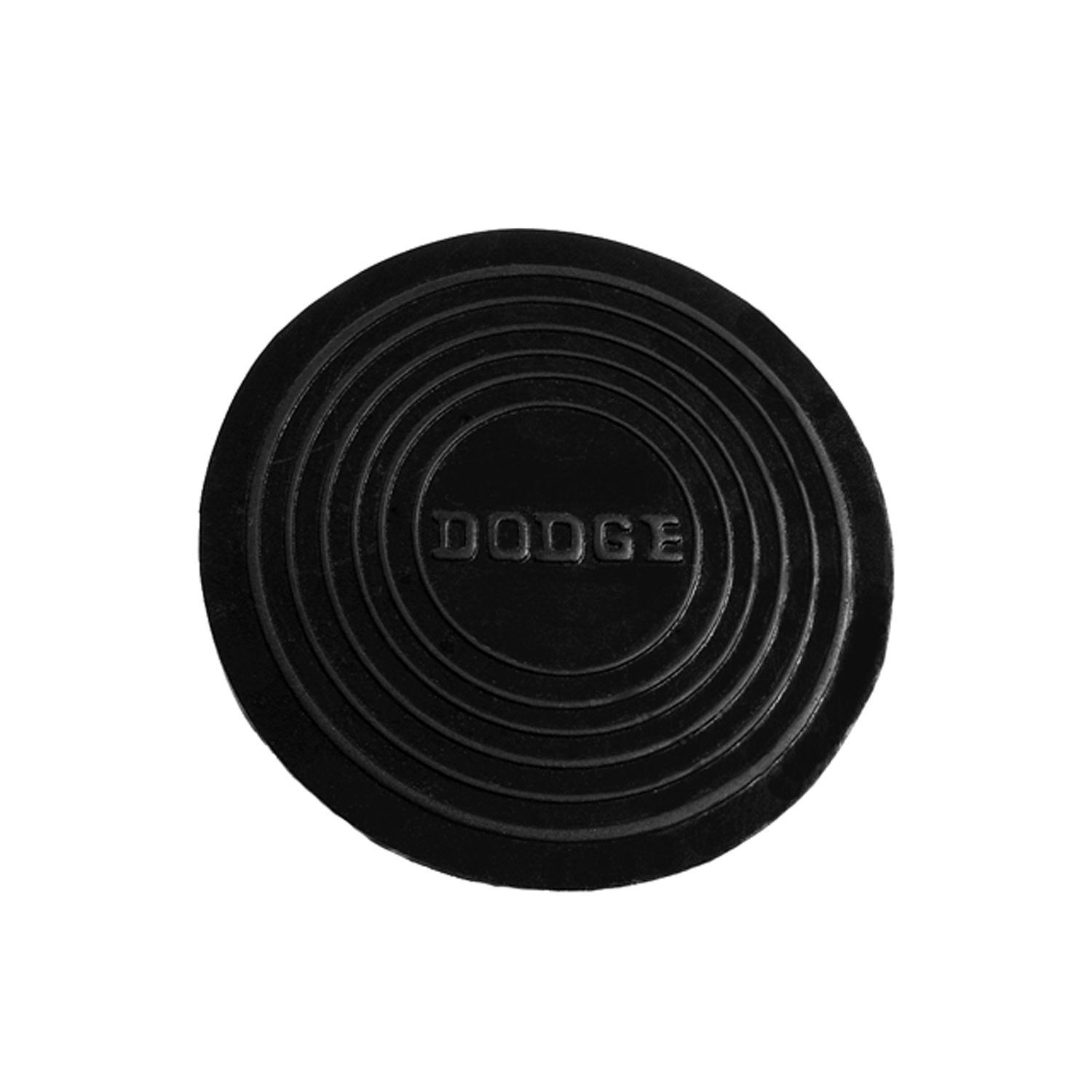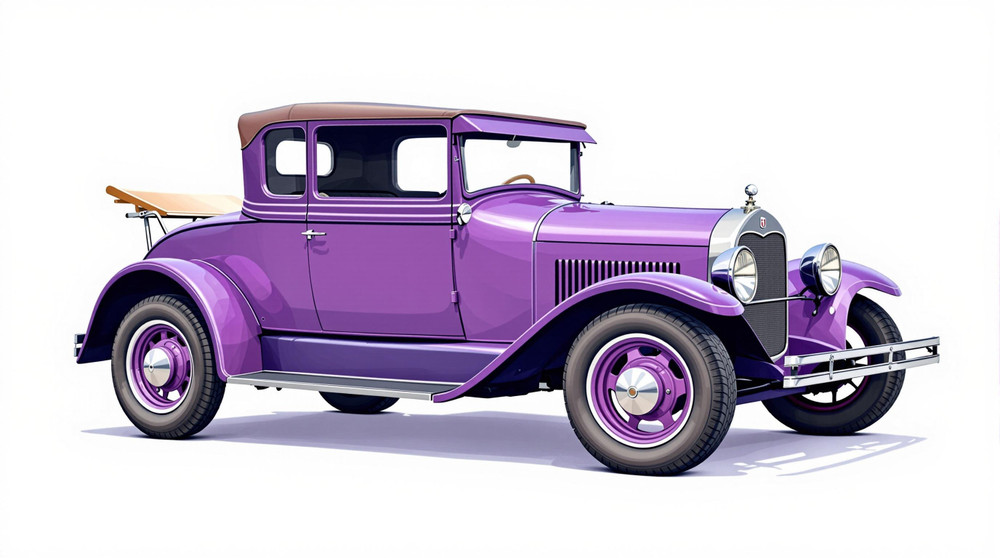Image of 1920 Dodge Model 30, Note: These illustrations use artistic license and may differ from actual historical models.
Performance Metrics
Fundamental Metrics
Emotional Appeal
MMP Rating
| Engine Specifications | |
|---|---|
| Engine: | Inline-4 |
| Displacement: | 212 cubic inches |
| Horsepower: | Estimated 35 HP |
| Torque: | Not available |
| Compression Ratio: | Not available |
| Ignition System: | Battery and coil |
| Cooling System: | Water-cooled |
| Performance Specifications | |
| 0-60 Time: | Not available |
| 1/4 Mile Time: | Not available |
| Top Speed: | 50 mph |
| Transmission and Drive | |
| Drive Type: | Rear-wheel drive |
| Transmission Type: | 3-speed manual |
| Fuel and Efficiency | |
| Fuel System Type: | Carburetor |
| MPG: | Not available |
| Dimensions and Brakes | |
| Brakes: | Mechanical drum brakes |
| Wheelbase: | 112 inches |
| Weight: | 2,400 lbs |
Note: Specifications for classic cars are given to the best of our ability, considering the limited and variant data available.
The Dawn of Dependability: The 1920 Dodge Model 30
The 1920 Dodge Model 30 emerged as a paragon of durability and innovation during an era when the automotive industry was just shifting gears into mass production. Crafted by the Dodge Brothers, John and Horace, who had previously made a name for themselves supplying engines to early Ford models, this vehicle marked a significant milestone in their venture into the world of automobile manufacturing. The Model 30 was not only a testament to the Dodge Brothers' engineering prowess but also a reflection of the post-World War I American spirit, embodying both resilience and progress. A notable moment in its history was when the U.S. Army recognized its reliability and utilized it as staff cars during World War I, solidifying its reputation for dependability.
Design and Innovation
The exterior of the 1920 Dodge Model 30 boasted a bold, upright stance with a distinctive radiator grille that became a hallmark of early Dodge design. Its all-steel body—a rarity at the time—was a leap forward from the fragile wood-framed vehicles of its contemporaries. Inside, the Model 30 offered an austere yet functional cabin, with high-quality leather seats and durable materials designed to withstand the test of time. Technologically, it featured an electrical system for starting, lighting, and ignition, which was cutting-edge for its era. While color options were limited compared to today's standards, buyers often favored deep blues and blacks that accentuated its stately lines. The touring body style was particularly popular among buyers, offering both practicality and elegance.
Historical Significance
The Dodge Model 30 set itself apart with features like an all-steel body construction and a 12-volt electrical system—innovations that would eventually become industry standards. Its lasting influence can be seen in how these features paved the way for safer and more reliable vehicles. Moreover, it helped establish Dodge as a major player in the automotive industry.
Performance and Handling
Underneath its hood lay a robust 3.5-liter four-cylinder engine that delivered around 35 horsepower—a respectable figure for its time. While top speed and acceleration data are scarce by modern standards, it was known for reliable performance rather than outright speed. The Model 30's handling reflected the era's technology with solid axles and leaf springs; it offered a firm ride that could handle unpaved roads of the day with confidence. Drivers often remarked on the reassuring purr of its engine and the sense of solidity it conveyed on every journey.
Ownership Experience
Owners of the 1920 Dodge Model 30 typically used their vehicles as daily drivers or weekend cruisers due to their reliability and ease of maintenance. Parts were relatively easy to come by, making repairs straightforward for most owners. Its reputation for durability meant that it was often passed down through generations.
Fun Facts
A little-known tidbit about the Model 30 is that some units featured wooden wheels—a charming characteristic that adds to its antique appeal. Although not known for breaking speed records, it held records of endurance and reliability in its time. Despite criticisms about its conservative styling compared to more flamboyant contemporaries, it remained popular due to its robust build quality.
Collector's Information
Today, a well-preserved 1920 Dodge Model 30 can fetch anywhere from $15,000 to $25,000 depending on condition and originality—though prices can vary widely. With production numbers estimated in tens of thousands during its run from 1914 to 1922 (inclusive of all model years), they are relatively rare but still accessible to dedicated collectors. Over time, values have generally appreciated as interest in pre-war classics remains strong among enthusiasts.
Conclusion
The legacy of the 1920 Dodge Model 30 is one of steadfastness and innovation—a vehicle that not only served its owners reliably but also led the way for future automotive advancements. Its story is one of American ingenuity at a pivotal moment in history, making it a cherished piece of automotive heritage worthy of preservation.
1920 Dodge Model 30 Catalog of Parts
 1920 Dodge Model 30 Step Plate Pad. Rubber face only. 4-1/4" O.D. Each-SP 18Step Plate Pad. Rubber face only. 4-1/4" O.D. Each
1920 Dodge Model 30 Step Plate Pad. Rubber face only. 4-1/4" O.D. Each-SP 18Step Plate Pad. Rubber face only. 4-1/4" O.D. EachWhy Choose Metro?
For over 100 years, Metro Moulded Parts has been the pinnacle of quality in classic car restoration parts. Our commitment to precision and authenticity in every component ensures a perfect fit and an OEM-level appearance.
- Expert Craftsmanship & Quality: Each part is a testament to our dedication to reliability and perfection, crafted from original designs and thoroughly tested.
- Advanced Technology: We use cutting-edge techniques to create flawless, long-lasting parts that surpass others in performance.
- SuperSoft Sponge – The Ultimate Door Seal: Not only are our door seals 30% softer than competitors', but they're also guaranteed to never leak. They effectively reduce wind and road noise, enhancing your classic car's comfort and driving experience.
- Proudly American: Our parts are a product of American craftsmanship, made in the USA with a spirit of excellence and heritage.
- Unrivaled Warranty: We back our products with a 30-year industry-leading warranty, a testament to our confidence in their quality.
Join us in preserving the legacy of classic cars with parts that are crafted for perfection, not just made.

